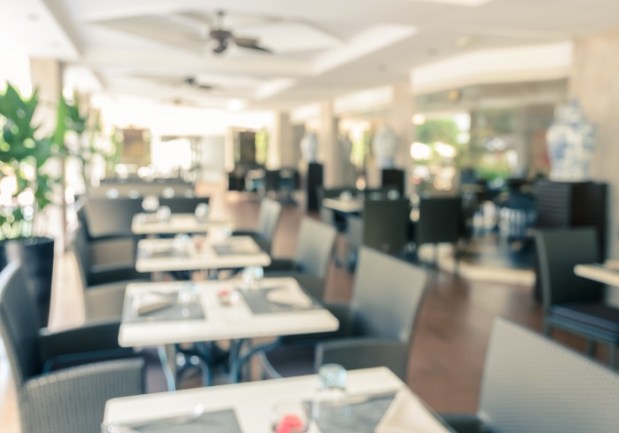Delivery, Casual Dining And Consumer Confidence Will Shape Future of Restaurants

In an age of third-party food delivery services, economic uncertainty and casual dining, it is unclear who will win the restaurant race. Will the efficiency and convenience of delivery put it at the forefront, or will customers continue to put more stock in personal contact and service?
Hudson Riehle, senior vice president of the National Restaurant Association’s research and knowledge group, and Peter Backman, managing partner at Peter Backman FS, explored the possibilities during a joint presentation at the National Restaurant Show in Chicago.
In particular, they looked at restaurant trends in the U.S. and U.K. and found that the two nations, though an ocean apart, had more similarities than differences.
In both countries, third-party food delivery services reduce the amount of space a restaurant needs to run and increase operating efficiency, but slash customer contact and service, which can hurt (or at the very least, not help) a brand’s image.
Also a factor in both countries, casual restaurants have been on the rise for 15 years, with innovation and food delivery propelling it forward. But as cost pressure and consumer uncertainty rise, so does uncertainty about the future of this key restaurant sector.
In the U.K., an additional challenge is that most of its casual dining outlets are global (read: American) brands. That’s a trend that goes back to 1980 and earlier with franchised restaurants such as Pizza Hut, TGI Friday’s, and Starbucks.
In both countries, economic uncertainty is rife. The U.K is still navigating the fallout of Brexit, and an unsettling presidential election has rattled consumer confidence in the U.S.
It is expected that Brexit will negatively affect the restaurant labor pool by reducing the immigrant workforce.
Despite political and economic uncertainty in the U.S., restaurant sales have actually grown 4.33 percent in the last year, outperforming the overall gross domestic product growth rate by a factor of nearly three. At 1.6 percent, the U.S.’ GDP growth rate is at its lowest since 2011.
Still, with most consumers evaluating the U.S. economy as “fair” or “poor,” restaurants still stand to lose ground if confidence does not improve.
